|
584
24 Given that south of the equator they primarily followed the Moon (2) and not the Sun (1) it would be reasonable to assume that the cycle of a circle should be measured as twice 3.14. As the conjunction (yoke) so to say of a pair.
The Moon had 2 faces, Waxing and Waning.
I.e. not measured as the diameter times 3.14 but as twice 314 times the radius. 2 * 314 - 364 = 264 (September 21) → 11 * 24 = 22 * 12 = 44 * 6 = 3 * 88 → 628 - 240 = 314 + 74:
And the 'dia-meter' of the Sun year was like a perfectly balanced Tree across from one side of the sky to the other, for the spirit spoke (kuhane) of the Sun to cross over;
i.e. from Beltaine (121 = 120 +1) to Samhain (304 + 1 = 305 = 121 + 184), from one half-year to the other:
After each one of this pair of misseri there would be much sweeping: ... When it was evident that the years lay ready to burst into life, everyone took hold of them, so that once more would start forth - once again - another (period of) fifty-two years. Then (the two cycles) might proceed to reach one hundred and four [104] years. It was called One Age when twice they had made the round, when twice the times of binding the years had come together. Behold what was done when the years were bound - when was reached the time when they were to draw the new fire, when now its count was accomplished. First they put out fires everywhere in the country round. And the statues, hewn in either wood or stone, kept in each man's home and regarded as gods, were all cast into the water. Also (were) these (cast away) - the pestles and the (three) hearth stones (upon which the cooking pots rested); and everywhere there was much sweeping - there was sweeping very clear. Rubbish was thrown out; none lay in any of the houses ...
... The verdicts concerning the familiarity of ancient Near Eastern astronomers with the Precession depend, indeed, on arbitrary factors; namely, on the different scholarly opinions about the difficulty of the task. Ernst Dittrich, for instance, remarked that one should not expect much astronomical knowledge from Mesopotamia around 2000 B.C. 'Probably they knew only superficially the geometry of the motions of sun and moon. Thus, if we examine the simple, easily observable motions by means of which one could work out chronological determinants with very little mathematical knowledge, we find only the Precession.' There was also a learned Italian Church dignitary, Domenico Testa, who snatched at this curious argument to prove that the world had been created ex nihilo, as described in the first book of Moses, an event that supposedly happened around 4000 B.C. If the Egyptians had had a background of many millennia to reckon with, who, he asked, could have been unaware of the Precession? 'The very sweepers of their observatories would have known.' Hence time could not have begun before 4000, Q. E. D. The number of glyphs on the E tablet 'happens to be' 628 = 2 * 314:
1212 = 12 * 101 and Sirius (→ Gronw Pebyr) was always located at *101. ... The Sothic cycle was based on what is referred to in technical jargon as 'the periodic return of the heliacal rising of Sirius', which is the first appearance of this star after a seasonal absence, rising at dawn just ahead of the sun in the eastern portion of the sky. In the case of Sirius the interval between one such rising and the next amounts to exactly 365.25 days - a mathematically harmonious figure, uncomplicated by further decimal points, which is just twelve minutes longer than the duration of the solar year ... The G and C texts were formed together, it seems, like a joke (yoke) between a pair of complementary 'misseri'. ... Midsummer is the flowering season of the oak, which is the tree of endurance and triumph, and like the ash is said to 'court the lightning flash'. Its roots are believed to extend as deep underground as its branches rise in the air - Virgil mentions this - which makes it emblematic of a god whose law runs both in Heaven and in the Underworld ... ... The month, which takes its name from Juppiter the oak-god, begins on June 10th and ends of July 7th. Midway comes St. John's Day, June 24th, the day on which the oak-king was sacrificially burned alive. The Celtic year was divided into two halves with the second half beginning in July, apparently after a seven-day wake, or funeral feast, in the oak-king's honour ...
And 6 days after June 24 (350 / 2 = 175, *95)
was the day of Sirius (80 + 101 = 181). Furthermore, 6 days after Polaris was, I have suggested, the day for Jupiter:
584 / 2 = 292 → 392 (Ca14-29) - 100. We can guess that here 100 was a reflection, so to say, of 2 * 364 - 2 * 314. 14 * 29 (Ca14-29) = 406 → 6 days after day 20 * 20. And 406 - 261 = 145 = 5 * 29:
The star name Kaff-al-jidhma - for 39 Arietis in the Northen Fly (Musca Borealis) - suggests we should perceive the design of the glyph at Polaris (Ca14-29) as another example of 'part of a hand'. Cb1-13 is located 13 days later and here there is a Janus pair of joined feet (legs bound - yoked - together):
From which we can infer that there was a 'bridge across' - a conjunction - between the Foot of the Barker (Rijl-al-awwa, μ Virginis) to 39 Arietis (Kaffaljidma).
It seems to begin with a foot and to end with a part of a hand (→ a fraction). Leaving a week, not quite amounting to 8:
... The Celtic year was divided into two halves with the second half beginning in July, apparently after a seven-day wake, or funeral feast, in the oak-king's honour ... 33 → *33 = Khambalia (*216.4) = Arcturus (*215.4) + 1.0:
Much has been said already earlier, and we should now be well prepared to answer the question: ... What constellation could possibly Te Huki be? Surely we have the answer as regards Gb1-5 where there is a well pronounced 'foot' (new beginning, knee, tulivae) in front::
For in day 314 according to the Golden Age of the Bull (when the constellations became bound to the Sun year)
the Full Moon should ideally have been at α in the Unicorn:
Huki. 1. Pole attached to the poop from which the fishing-net is suspended: huki kupega. 2. Digging stick. 3. To set vertically, to stand (vt.). 4. Huki á te mahina, said of the new moon when both its horns have become visible. Vanaga. 1. To post up, to publish. 2. To cut the throat (uki). Mq.: Small sticks which close up the ridge of a house. Ha.: hui, the small uniting sticks in a thatched house. Churchill. Standing upright. Barthel.M. Spit for roasting. Te Huki, a constellation. Makemson. Hukihuki. 1. Colic. 2. To transpierce, a pricking. 3. To sink to the bottom. Churchill. Here was the Bridge aross from the Old World (of Orion) to the New World (of Gemini). ... There is a couple residing in one place named Kui and Fakataka. After the couple stay together for a while Fakataka is pregnant. So they go away because they wish to go to another place - they go. The canoe goes and goes, the wind roars, the sea churns, the canoe sinks. Kui expires while Fakataka swims. Fakataka swims and swims, reaching another land. She goes there and stays on the upraised reef in the freshwater pools on the reef, and there delivers her child, a boy child. She gives him the name Taetagaloa. When the baby is born a golden plover flies over and alights upon the reef. (Kua fanau lā te pepe kae lele mai te tuli oi tū mai i te papa). And so the woman thus names various parts of the child beginning with the name 'the plover' (tuli): neck (tuliulu), elbow (tulilima), knee (tulivae) ... The precession since then had carried the stars ideally 64 days ahead in the Sun calendar and *234 + *64 = *298 = January 13 (378 ↔ Saturn).
|
|||||||||||||||||||||||||||||||||||||||||||||||||||||||||||||||||||||||||||||||||||||||||||||||||||||||||||||||||||||||||||||||||||||||||||||||||||||||||||||||||||||||||||||||||||||||||||||||||||||||||||||||||||||||
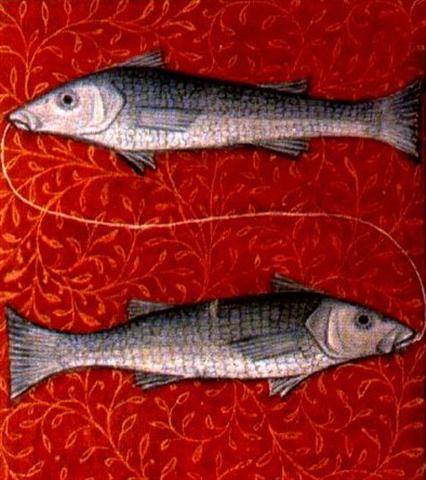

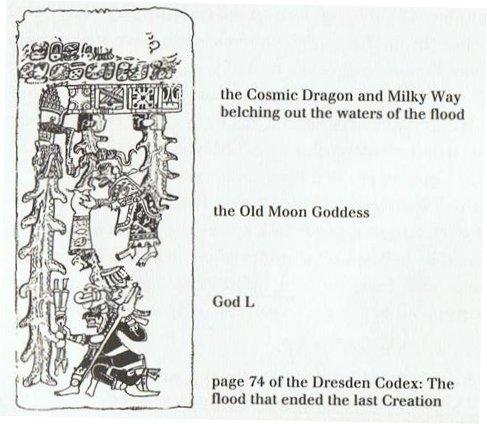

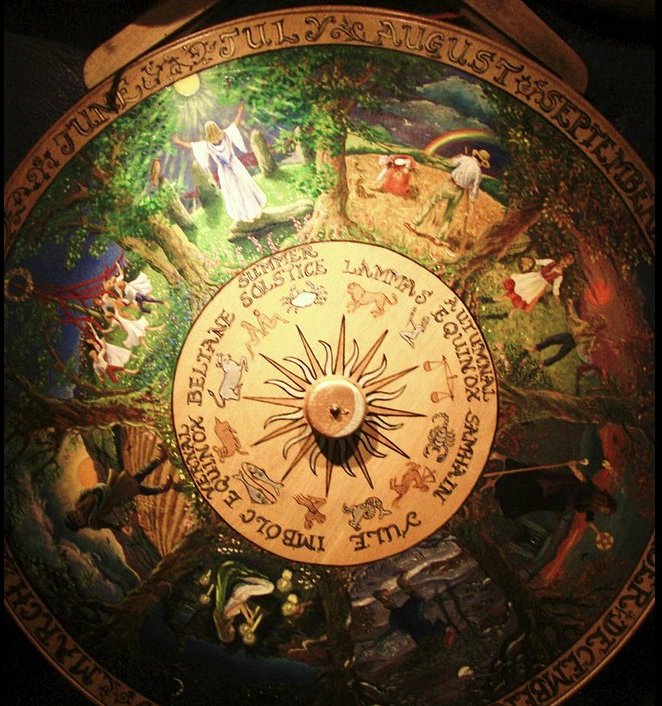





.jpg)


.jpg)



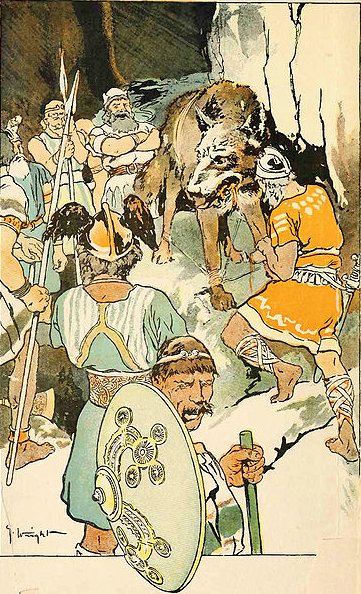

.jpg)

.jpg)












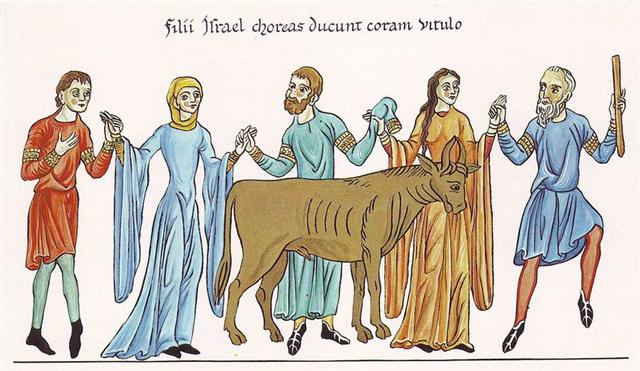
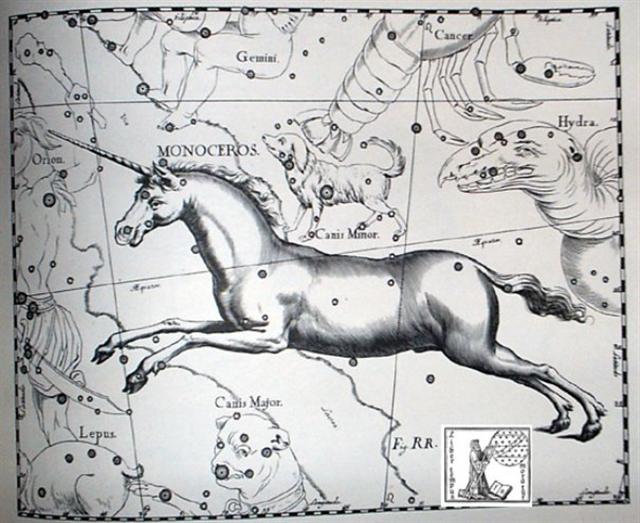
.jpg)